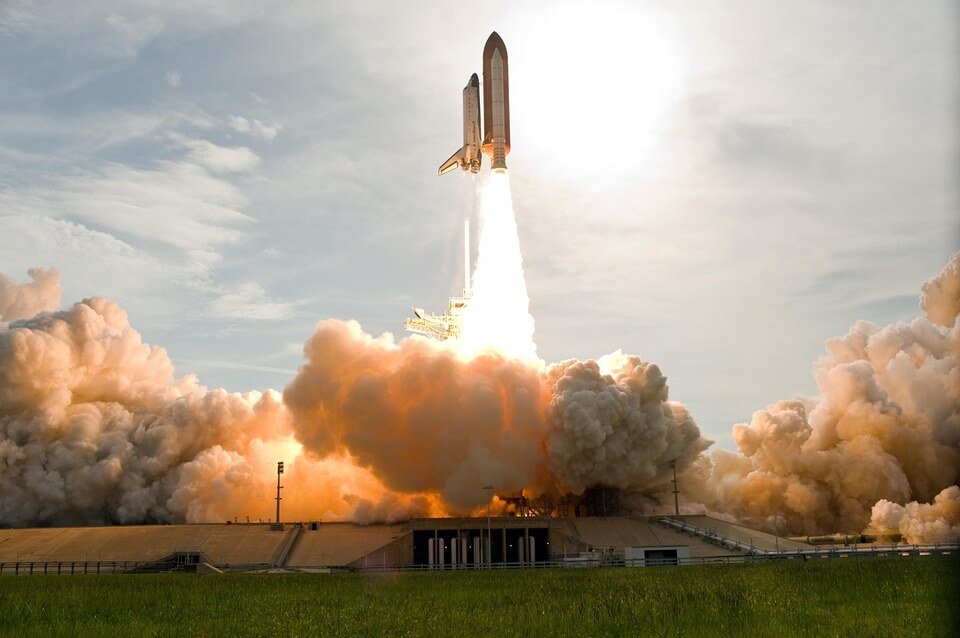Business
Titanium powder 3D printing gets global attention
Titanium powder 3D printing is now gaining popularity due to its many applications and uses. One of it is in space exploration.

The titanium market has reached a technological milestone when UK-based GKN Aerospace announced its use of titanium powder in creating aerospace additives. Because of this innovation, investors from all over the world are turning their attention to Titanium 3D plants in different parts of the world for similar developments.
The first wave of industrial commercialization of titanium powder 3D printing began in the United Kingdom. GKN Aerospace partnered up with Metalysis, a metals technology company, Phoenix Scientific Industries Ltd., and The University of Leeds in developing its low-cost, high-quality titanium powder for aerospace additive manufacturing.
Israel, China, ready to get into the game
According to a report by Shalom Life, Israel is hoping to have its first 3D printed titanium airplane parts by the end of 2014. Its Office of the Chief Scientist funded an initiative to make the country’s goal a reality.
Speaking to local newspaper The Marker, chief scientist Avi Hasson said, “This is a fascinating field and it is possible that these developments will significantly contribute to the nature of manufacturing processes and products in the future. It is important for Israel to enter the field of 3D printing and it is particularly challenging to begin with materials that need to uphold quality measures and strict strength requirements as is the case in the aerospace industry.”

Avi Hasson. (Photo by Bio972 via Wikimedia Commons. CC BY-SA 3.0)
On the other side of the world, New Zealand’s 3D titanium facility, Martin Aircraft, recently welcomed Chinese investors for a delegation about the technology. Martin Aircraft’s Jon Mayson, told NZ Herald that the goal of the meeting was to “explore potential areas of future collaboration” for the jetpack company and Kuang-Chi Science (KCS), a Chinese investment group focusing on disruptive technologies.
Before getting the attention of global investors, UK’s Aerospace Technology Institute is already in the works to invest $2.3 million (£1.5 million) in this project. Dr. Kartik Rao, Metalysis’ Director of Business Development, talked about this innovation’s potential to open up new opportunities across a range of industries.
According to Yao, Titanium 3D printing is relatively cheap because the cost of the powder makes up half of the final cost. This kind of titanium application could eventually lower production costs of whichever industry decides to adopt this development. Automotive and the manufacturing of medical devices are some of the industries that can easily apply Titanium 3D printing.
How does titanium 3D printing work?
Yao further explained that the technology starts with rutile sand in an electrolysis operation. The rutile is reduced to its purest titanium form at 800 to 1,000 degrees Celsius. The titanium powder, once it shows perfect shape, sphericity, and uniformed sizes, is now ready for 3D printing.
Once this titanium 3D printing becomes a multiple industry-wide application, the global demand for titanium will surely rise. Chile’s White Mountain Titanium (OTCQB: WMTM) is a developing mining project in Cerro Blanco, Santiago, which aims to produce 122 million tons of high-grade rutile. White Mountain is aiming to produce 80,000 tons of rutile annually, a number that could grow into 130,000 tons during the fourth year of production – just in time for Titanium 3D printing’s boom. White Mountain’s production could aid this emerging titanium innovation in the future in terms of supply.
Rutile is usually priced at an estimated $1,000 per metric ton, compared to titanium mill products that are priced at $50 to $70 per kilogram. Powdered titanium costs about $200 to 300 per kilogram, since technology has already made it cheaper compared to conventionally refined or manufactured titanium products. This opens lots of doors for future industry applications, and it could possibly replace stainless steel and aluminum’s role in creating parts for airplanes and cars in the future.
—
This article may include forward-looking statements. These forward-looking statements generally are identified by the words “believe,” “project,” “estimate,” “become,” “plan,” “will,” and similar expressions. These forward-looking statements involve known and unknown risks as well as uncertainties, including those discussed in the following cautionary statements and elsewhere in this article and on this site. Although the Company may believe that its expectations are based on reasonable assumptions, the actual results that the Company may achieve may differ materially from any forward-looking statements, which reflect the opinions of the management of the Company only as of the date hereof. Additionally, please make sure to read these important disclosures.

-

 Biotech6 days ago
Biotech6 days agoVytrus Biotech Marks Historic 2024 with Sustainability Milestones and 35% Revenue Growth
-

 Crowdfunding2 weeks ago
Crowdfunding2 weeks agoColombia Approves Terrenta’s Crowdfunding Platform for Real Estate Financing
-

 Crypto1 day ago
Crypto1 day agoRipple Launches EVM Sidechain to Boost XRP in DeFi
-

 Africa1 week ago
Africa1 week agoCôte d’Ivoire Unveils Ambitious Plan to Triple Oil Output and Double Gas Production by 2030

























